Home>Garden Essentials>What Is The Purple Ground Cover Called
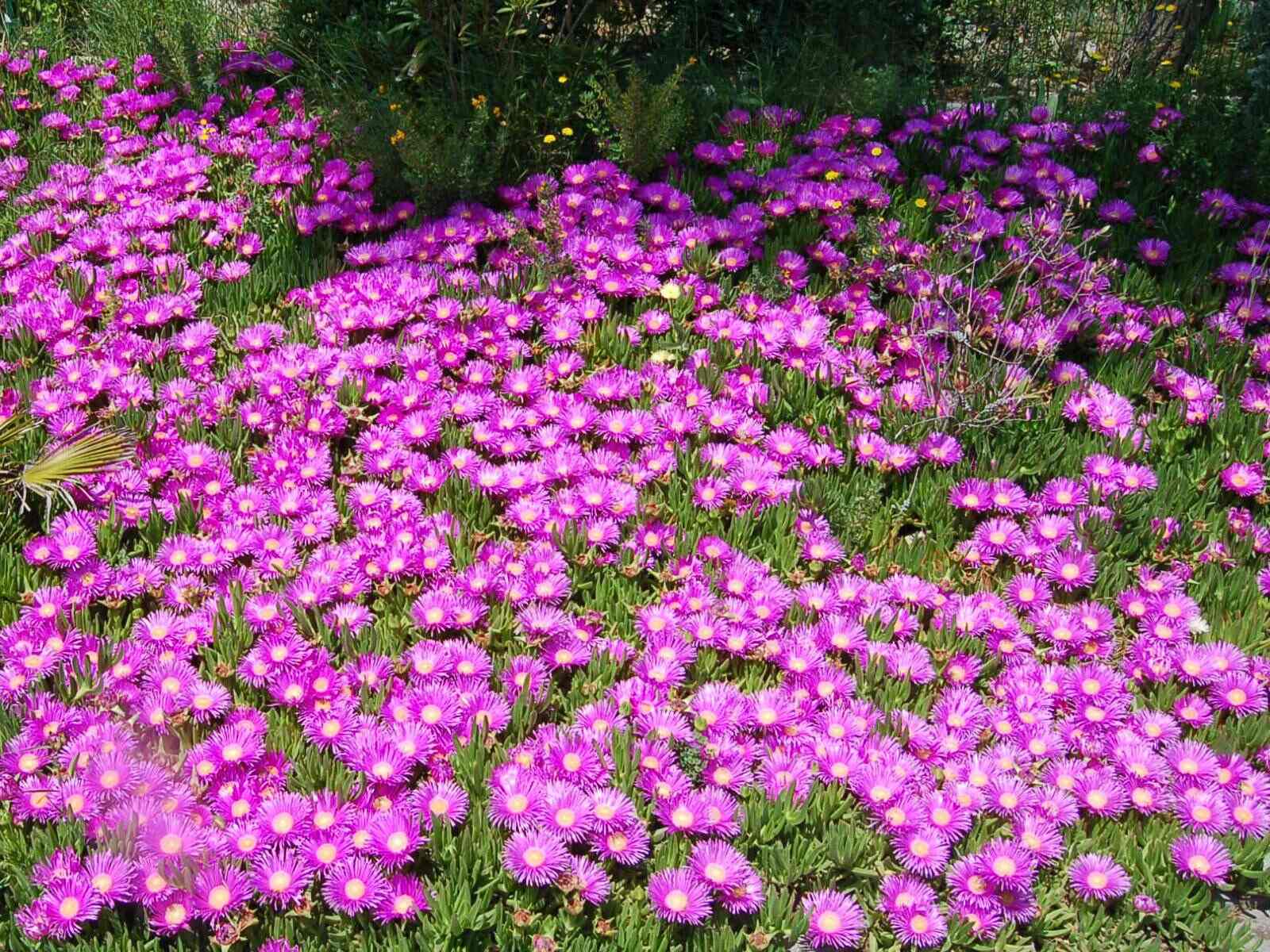

Garden Essentials
What Is The Purple Ground Cover Called
Modified: October 20, 2024
Discover the vibrant purple ground cover called "garden", perfect for adding a pop of color and beauty to your outdoor space. Explore its benefits and how to incorporate it in your garden design.
(Many of the links in this article redirect to a specific reviewed product. Your purchase of these products through affiliate links helps to generate commission for Storables.com, at no extra cost. Learn more)
Introduction
Welcome to the world of gardening, where nature and beauty come together to create stunning landscapes. In this article, we will explore the fascinating realm of purple ground cover, a fantastic addition to any garden or outdoor space. Purple ground cover is not only visually appealing but also offers various benefits in terms of aesthetics and functionality.
Purple ground cover refers to low-growing plants with foliage or flowers that are predominantly purple in color. These plants spread out horizontally, forming a dense carpet-like cover over the ground. With their vibrant hues and spreading growth habit, they add a touch of elegance and charm to gardens, walkways, and borders.
What makes purple ground cover particularly appealing is its versatility. It can be used in various settings, including small gardens, large landscapes, or even as accents in container plantings. Whether you’re looking to fill in bare spots, control erosion, or simply create a visually stunning display, purple ground cover plants can be a valuable addition to your gardening repertoire.
In the following sections, we will delve into the characteristics of purple ground cover, explore different types and popular varieties, learn how to grow and care for them, and highlight their common uses and potential drawbacks. So, let’s dive in and discover the enchanting world of purple ground cover!
Key Takeaways:
- Purple ground cover plants add vibrant color and functionality to gardens, controlling weeds and erosion while attracting pollinators. They’re low-maintenance and versatile, perfect for creating stunning landscapes.
- When choosing purple ground cover, consider factors like sunlight, moisture, and maintenance. Be mindful of potential drawbacks such as spreading growth and specific moisture requirements. Select varieties suited to your garden’s needs.
Read more: What Is A Patio Cover Called
Definition of Purple Ground Cover
Purple ground cover is a term used to describe low-growing plants that spread horizontally to cover the ground with dense foliage or colorful blooms in shades of purple. These plants are valued for their ability to create a vibrant carpet-like effect, adding visual interest and texture to outdoor spaces.
What sets purple ground cover apart from other types of ground cover is its distinct purple coloration. While many ground cover plants are green or have variegated foliage, purple ground cover plants offer a unique and eye-catching display with their rich shades of violet, lavender, or deep plum.
Purple ground cover is typically categorized as a perennial, meaning it will come back year after year, providing long-lasting beauty in the garden. However, there are also some annual and biennial varieties available that can be grown as ground cover plants.
In addition to their aesthetic appeal, purple ground cover plants serve a functional purpose in the garden. They help suppress weed growth by shading the soil, reducing the need for manual weeding or the use of herbicides. Moreover, they can stabilize slopes and prevent soil erosion, making them a valuable tool in landscape design.
Purple ground cover plants come in a wide range of species and cultivars, offering gardeners a plethora of options to choose from. Whether you prefer delicate flowers or lush foliage, there is a purple ground cover plant to suit your taste and garden style.
Now that we have a clear understanding of what purple ground cover is, let’s explore its characteristics in more detail.
Characteristics of Purple Ground Cover
Purple ground cover plants possess unique characteristics that make them a popular choice among gardeners. Understanding these traits can help you select the right plants for your garden and ensure their success. Here are some key characteristics of purple ground cover:
- Low-Growing: Purple ground cover plants have a spreading growth habit, staying close to the ground. Their height generally ranges between a few inches to a foot, making them ideal for filling in bare spots or creating a carpet-like effect.
- Colorful Foliage or Blooms: As the name suggests, the defining characteristic of purple ground cover is its purple coloration. The foliage may range from deep purple to lighter shades of lavender. Some plants produce colorful blooms in hues of purple, adding an extra layer of visual interest to your garden.
- Mat-Forming: Purple ground cover plants have a mat-like growth habit, spreading horizontally to cover the ground. This dense growth helps control weed growth and prevents soil erosion, making them an excellent choice for slopes or areas prone to erosion.
- Drought Tolerant: Many purple ground cover plants are known for their ability to withstand periods of drought. They have adapted to thrive in dry conditions, making them a low-maintenance option for gardens. However, it’s important to note that while they can tolerate drought, regular watering is still necessary during dry spells to ensure their health and vitality.
- Easy to Maintain: Purple ground cover plants are generally easy to maintain and require minimal care. Once established, they are relatively low-maintenance, requiring occasional watering, light pruning, and fertilizing. Their spreading growth habit also makes them excellent at filling in gaps and covering bare areas, reducing the need for constant replanting.
- Attracts Pollinators: The vibrant blooms of purple ground cover plants often attract bees, butterflies, and other pollinators to your garden. By incorporating these plants into your landscape, you can create a haven for beneficial insects and contribute to the overall biodiversity of your garden.
- Versatile: Purple ground cover plants can be used in various garden settings and designs. They work well as borders, edging, or fillers between taller plants. They can also be used to create a stunning ground cover display in rock gardens, around trees, or along pathways.
Now that we’ve explored the characteristics of purple ground cover plants, let’s take a closer look at different types and popular varieties you can consider for your garden.
Types of Purple Ground Cover
Purple ground cover plants come in a diverse array of species and cultivars, each offering its unique characteristics and growing requirements. Here are some common types of purple ground cover that you can consider for your garden:
- Creeping Thyme (Thymus serpyllum): Creeping thyme is a popular choice for purple ground cover due to its low-growing habit and aromatic foliage. It produces small, pink-purple flowers that add a pop of color and attract pollinators to the garden. Creeping thyme is drought-tolerant and thrives in full sun to partial shade.
- Creeping Phlox (Phlox subulata): Creeping phlox is a beautiful purple ground cover option known for its carpet-like growth and stunning clusters of star-shaped flowers in shades of purple, pink, and white. It prefers well-draining soil and full sun, making it an excellent choice for rock gardens and slopes.
- Ajuga (Ajuga reptans): Ajuga is a versatile purple ground cover plant that forms dense mats of foliage with striking dark purple leaves. It produces small spikes of purple or blue flowers in the spring. Ajuga thrives in partial shade to full shade and prefers moist, well-draining soil.
- Creeping Veronica (Veronica umbrosa): Creeping veronica, also known as speedwell, is a low-growing perennial with vibrant purple blooms that last from spring to summer. It has glossy, dark green foliage and is tolerant of a wide range of soil conditions. Creeping veronica thrives in full sun to partial shade.
- Creeping Mazus (Mazus reptans): Creeping mazus is a compact ground cover with glossy green leaves and delicate purple flowers. It forms a dense mat that suppresses weeds and creates a visually appealing carpet effect. Creeping mazus prefers moist soil and partial shade.
- Candytuft (Iberis sempervirens): Candytuft is a versatile ground cover that produces clusters of fragrant, white or purple flowers. It has narrow, evergreen leaves and works well as a border or edging plant. Candytuft thrives in full sun to partial shade and prefers well-draining soil.
- Spiderwort (Tradescantia): Spiderwort is a hardy ground cover with strap-like leaves in shades of green and purple. It produces clusters of triangular-shaped flowers in various shades of purple, blue, pink, and white. Spiderwort is adaptable to different soil types and can tolerate partial shade to full sun.
These are just a few examples of the many purple ground cover options available. Before selecting a specific type, consider the growing conditions in your garden, such as sunlight, soil type, and moisture levels, to ensure the best match for your landscape.
Next, let’s explore the benefits of incorporating purple ground cover into your garden.
Benefits of Purple Ground Cover
Purple ground cover plants offer a range of benefits that make them a valuable addition to any garden or landscape. Let’s explore some of the advantages of incorporating purple ground cover into your outdoor space:
- Visual Appeal: The vibrant purple hues of ground cover plants add a stunning visual impact to your garden. Whether it’s the colorful foliage or the beautiful blooms, purple ground cover brings an element of elegance and charm to your landscape design.
- Solves Erosion Issues: Purple ground cover plants have a spreading growth habit that forms dense mats, which help control soil erosion on slopes or areas prone to runoff. Their root systems stabilize the soil, reducing the risk of soil erosion and improving the overall health of your landscape.
- Weed Suppression: The dense coverage provided by purple ground cover helps suppress weed growth by shading the soil. This minimizes the need for manual weeding, making your gardening tasks much more manageable and freeing up time for other enjoyable activities in your garden.
- Low-Maintenance: Once established, purple ground cover plants require minimal maintenance. They are typically drought-tolerant and can withstand periods of dryness, reducing your watering duties. Additionally, their spreading growth habit fills in gaps and covers bare areas, eliminating the need for constant replanting.
- Attracts Pollinators: The colorful flowers of many purple ground cover plants act as magnets for pollinators like bees, butterflies, and hummingbirds. By incorporating these plants into your garden, you create a welcoming habitat for these beneficial creatures, promoting pollination and increasing biodiversity.
- Protects Soil: Purple ground cover provides a protective layer over the soil, shielding it from the impact of heavy rainfall or direct sun exposure. This helps regulate soil moisture levels, preventing excess evaporation and reducing the risk of soil erosion.
- Aesthetically Versatile: Purple ground cover plants can be used in various garden settings and designs. They work well as borders, fillers, or accents for taller plants. They can also be utilized to create stunning ground cover displays in rock gardens, between stepping stones, or along pathways.
These are just a few of the many benefits of incorporating purple ground cover plants into your garden. Whether you’re looking for functional solutions to erosion or weed issues, or simply seeking to enhance the visual appeal of your landscape, purple ground cover can be a valuable asset.
Now that we understand the benefits, let’s move on to some practical tips on how to grow and care for purple ground cover plants.
The purple ground cover is called “purple heart” or “purple queen” (Tradescantia pallida). It is a low-maintenance plant that thrives in full sun and well-drained soil. It is also drought-tolerant and can be propagated easily from cuttings.
Read more: What Ground Cover Is Not Invasive
How to Grow and Care for Purple Ground Cover
Growing and caring for purple ground cover plants is relatively easy, making them a popular choice for gardeners of all experience levels. Here are some tips to help you successfully grow and maintain your purple ground cover:
- Choose the Right Plant: Select a purple ground cover plant that is suitable for your local growing conditions, such as sunlight intensity, soil type, and moisture levels. Consider factors like the plant’s preferred growing zones and its tolerance to drought or shade.
- Prepare the Soil: Before planting, prepare the soil by removing any weeds or debris. Loosen the soil to improve drainage and mix in organic matter, such as compost or well-rotted manure, to enhance fertility. Purple ground cover plants generally prefer well-draining soil.
- Planting Method: Follow the planting instructions specific to the chosen purple ground cover plant. Generally, dig a hole slightly larger than the plant’s root ball, allowing enough space for the roots to spread out. Place the plant in the hole, making sure it is at the same level as it was in the pot. Backfill the hole and gently firm the soil around the plant.
- Watering: During the establishment phase, water your purple ground cover plants regularly to ensure they receive sufficient moisture. Once established, most purple ground cover plants are drought-tolerant and require less frequent watering. However, be sure to monitor soil moisture levels and water when necessary, especially during dry periods.
- Mulching: Apply a layer of organic mulch around your purple ground cover plants to help retain soil moisture, regulate temperature, and suppress weed growth. Avoid mulching too close to the plant’s stems to prevent excessive moisture retention, which can lead to root rot.
- Pruning: Regular pruning helps maintain the shape and health of your purple ground cover plants. Trim back any dead or diseased foliage or spent flowers to encourage new growth and prevent the spread of diseases. However, be cautious not to over-prune, as it may affect the plant’s ability to spread and form a dense ground cover.
- Fertilizing: Purple ground cover plants are generally not heavy feeders. However, you can apply a slow-release granular fertilizer in early spring to provide them with essential nutrients. Follow the product instructions and avoid over-fertilizing, as it may lead to excessive foliage growth but fewer flowers.
- Pest and Disease Control: Purple ground cover plants are relatively resistant to pests and diseases. However, keep an eye out for common garden pests like aphids or slugs, and take appropriate measures to control them if needed. Proper spacing, good air circulation, and regular maintenance practices will help prevent disease issues.
By following these simple guidelines, you can ensure the healthy growth and maintenance of your purple ground cover plants, allowing you to enjoy their beauty and benefits for years to come.
Now that you know how to care for purple ground cover plants, let’s explore some popular varieties that you can consider for your garden.
Popular Varieties of Purple Ground Cover
There are numerous varieties of purple ground cover plants to choose from, each with its unique characteristics and aesthetic appeal. Here are some popular varieties that can add a splash of purple to your garden:
- Aubrieta (Aubrieta deltoidea): Aubrieta is a stunning purple ground cover with clusters of small, vibrant purple flowers. It is known for its ability to cascade over walls or spill over garden edges, creating a beautiful carpet-like effect. Aubrieta prefers full sun and well-draining soil.
- Campanula portenschlagiana (Dalmatian Bellflower): This perennial ground cover produces charming bell-shaped flowers in shades of purple. It forms a dense mat of foliage and is perfect for edging, rock gardens, or even as a container plant. Campanula portenschlagiana thrives in full sun to partial shade.
- Verbena (Verbena spp.): Verbena varieties like ‘Homestead Purple’ and ‘Tapien Purple’ offer stunning purple flowers and a spreading growth habit. They are drought-tolerant and attract butterflies and bees to the garden. Verbena prefers full sun and well-draining soil.
- Lamium maculatum (Spotted Deadnettle): Lamium maculatum is a low-growing ground cover with variegated leaves and beautiful purple flowers. It is an excellent choice for shady areas, as it thrives in partial shade and moist soil. Lamium maculatum adds a touch of color and texture to woodland gardens or shaded borders.
- Stachys byzantina (Lamb’s Ear): While not exclusively purple, Lamb’s Ear offers silvery-gray foliage that complements purple-hued plants perfectly. It spreads slowly and forms a dense ground cover. Lamb’s Ear prefers full sun to partial shade and well-draining soil.
- Heliotrope (Heliotropium arborescens): Heliotrope is a fragrant purple ground cover that produces clusters of small, dark purple flowers. It is favored for its delightful vanilla scent and is often used in containers or as an edging plant. Heliotrope thrives in full sun and well-draining soil.
- Pratia pedunculata (Blue Star Creeper): Although not strictly purple, Blue Star Creeper features tiny blue flowers that create a beautiful carpet-like effect. It is a low-growing, spreading ground cover that thrives in moist, well-draining soil. Blue Star Creeper is excellent for filling in gaps between stepping stones or as a lawn alternative.
These are just a few examples of popular purple ground cover varieties. When selecting the right variety for your garden, consider factors such as growing conditions, desired height, and overall aesthetics. Additionally, consult with local nurseries or gardening experts for recommendations suitable for your specific region.
Now that we’ve explored popular varieties of purple ground cover, let’s discuss the common uses and potential drawbacks of incorporating them into your garden.
Common Uses for Purple Ground Cover
Purple ground cover plants offer versatility and can be used in various ways to enhance the beauty and functionality of your garden. Let’s explore some common uses for purple ground cover:
- Garden Borders: Purple ground cover plants make excellent borders, creating defined edges and adding a pop of color to garden beds. Their low-growing habit helps create a neat and tidy appearance while softening the edges of pathways or driveways.
- Rock Gardens: Purple ground cover is a perfect addition to rock gardens, adding contrasting colors and textures against the natural stone elements. Their spreading growth habit helps fill in gaps between rocks, creating a seamless and visually appealing display.
- Under Trees: Purple ground cover plants thrive in shaded areas, making them an ideal choice for planting under trees. Their vibrant hues brighten up the often dimly lit areas beneath canopies, bringing color and interest to what may otherwise be a barren space.
- Slopes and Banks: With their mat-forming growth habit, purple ground cover plants are excellent for stabilizing slopes and preventing soil erosion. Their dense root systems help hold the soil in place and reduce the risk of runoff, making them an effective solution for erosion control.
- Container Plantings: Many purple ground cover plants are well-suited for container gardening. Whether used as the focal point or as a trailing element, their vibrant colors and spreading growth habit add visual interest and dimension to containers or hanging baskets.
- Pathways and Stepping Stones: Purple ground cover plants can be planted between stepping stones or along pathways, creating a soft and inviting atmosphere. Their low-growing habit helps create a seamless transition between the hardscape and the surrounding landscape.
- Floral Displays: Purple ground cover plants with beautiful blooms, such as verbena or aubrieta, can be used in floral displays. Their vivid colors and cascading growth make them excellent candidates for hanging baskets, window boxes, or as ground cover under taller flowering plants.
These are just a few common uses for purple ground cover plants. The possibilities are endless, and it’s up to your creativity and personal preference to decide how to incorporate them into your garden.
Now, let’s address any potential drawbacks or considerations when using purple ground cover in your landscape.
Potential Drawbacks of Purple Ground Cover
While purple ground cover plants have numerous benefits and offer great versatility, it’s important to be aware of potential drawbacks before incorporating them into your garden. Here are a few considerations to keep in mind:
- Vigorous Spreading: Purple ground cover plants are known for their spreading growth habit, which can be both an advantage and a disadvantage. While their ability to fill in bare areas is beneficial, some varieties may become invasive and encroach upon neighboring plants or areas of the garden where you don’t want them to spread. It’s essential to choose non-invasive varieties and monitor their growth to prevent them from becoming overly dominant.
- Weed Control: While purple ground cover can suppress weed growth, it’s still important to keep an eye out for any weeds that may emerge. If not controlled, weeds can still compete with the ground cover plants for nutrients and water, potentially reducing their effectiveness in covering the ground and creating unnecessary maintenance tasks.
- Moisture Requirements: Some purple ground cover plants, especially those that prefer partial shade, may have specific moisture requirements. If your garden has dry or arid conditions, it may be challenging to maintain the ideal moisture levels for these particular plants. Consider selecting drought-tolerant varieties or supplementing with additional watering during dry periods.
- Winter Hardiness: Depending on your climate and the specific purple ground cover variety, you may encounter issues with winter hardiness. Certain plants may not survive harsh winters, especially in areas with freezing temperatures. Research the hardiness zone of your chosen ground cover plants to ensure they can withstand the winter conditions in your region.
- Limited Flowering Period: While some purple ground cover plants offer beautiful blooms, their flowering period may be limited to a specific time of the year. Ensure you choose a mix of plants with varying bloom periods to maintain interest and color throughout the growing season. Additionally, some purple ground cover plants are primarily valued for their foliage, so consider the overall appeal of the plant beyond its flowering period.
- Maintenance Requirements: While purple ground cover plants are generally low-maintenance, they still require some care to thrive and look their best. Pruning, watering schedules, and occasional fertilizing may be necessary to maintain their health and appearance. Consider the time and effort required for maintenance when selecting varieties for your garden.
By being aware of these potential drawbacks and considering them in your garden planning, you can make informed decisions and effectively manage any challenges that may arise with purple ground cover plants.
Now that we’ve discussed the potential drawbacks, let’s summarize our findings and conclude our exploration of purple ground cover.
Read more: What Is A Covered Patio Called
Conclusion
Add a touch of enchantment and visual interest to your garden with purple ground cover plants. These low-growing wonders create a carpet-like effect with their vibrant purple hues, enhancing the beauty of any outdoor space. From their spreading growth habit to their functional benefits, purple ground cover plants offer a range of advantages for gardeners.
With their versatility, purple ground cover plants can be used in various ways. Whether as borders, in rock gardens, under trees, or along pathways, they add a burst of color and texture to any landscape. Their ability to suppress weeds, control erosion, and attract pollinators makes them an invaluable asset to any garden design.
When selecting purple ground cover plants, consider factors such as growing conditions, maintenance requirements, and potential drawbacks. Choose varieties suited to your local climate, sunlight availability, and soil type for optimal success. Regular maintenance, including proper watering, pruning, and occasional fertilizing, will help ensure healthy and vibrant growth.
Popular varieties like aubrieta, creeping phlox, and verbena offer stunning purple blooms, while others like Lamium maculatum and Stachys byzantina add unique foliage textures and colors to the garden. Remember to select plants that fit your specific gardening needs and desired aesthetic.
While purple ground cover plants have numerous benefits, they also present some considerations, such as managing their spreading growth or providing adequate moisture during dry periods. Being aware of these factors will help you make informed decisions and overcome any potential challenges.
In conclusion, purple ground cover plants bring beauty, functionality, and versatility to your garden. Whether you’re looking to create defined borders, control erosion, or simply add an eye-catching element to your landscape, these plants are sure to make a lasting impression. Take the plunge and explore the fascinating world of purple ground cover – your garden will thank you.
Curious about expanding your garden's appeal with more than just purple ground covers? Dive into our detailed guide on ground cover plants. You'll find useful tips on selecting, planting, and maintaining various species that thrive under different conditions. Whether you're looking to fill large areas or add texture and color, understanding these versatile plants will transform your garden into a vibrant and sustainable landscape.
Frequently Asked Questions about What Is The Purple Ground Cover Called
Was this page helpful?
At Storables.com, we guarantee accurate and reliable information. Our content, validated by Expert Board Contributors, is crafted following stringent Editorial Policies. We're committed to providing you with well-researched, expert-backed insights for all your informational needs.
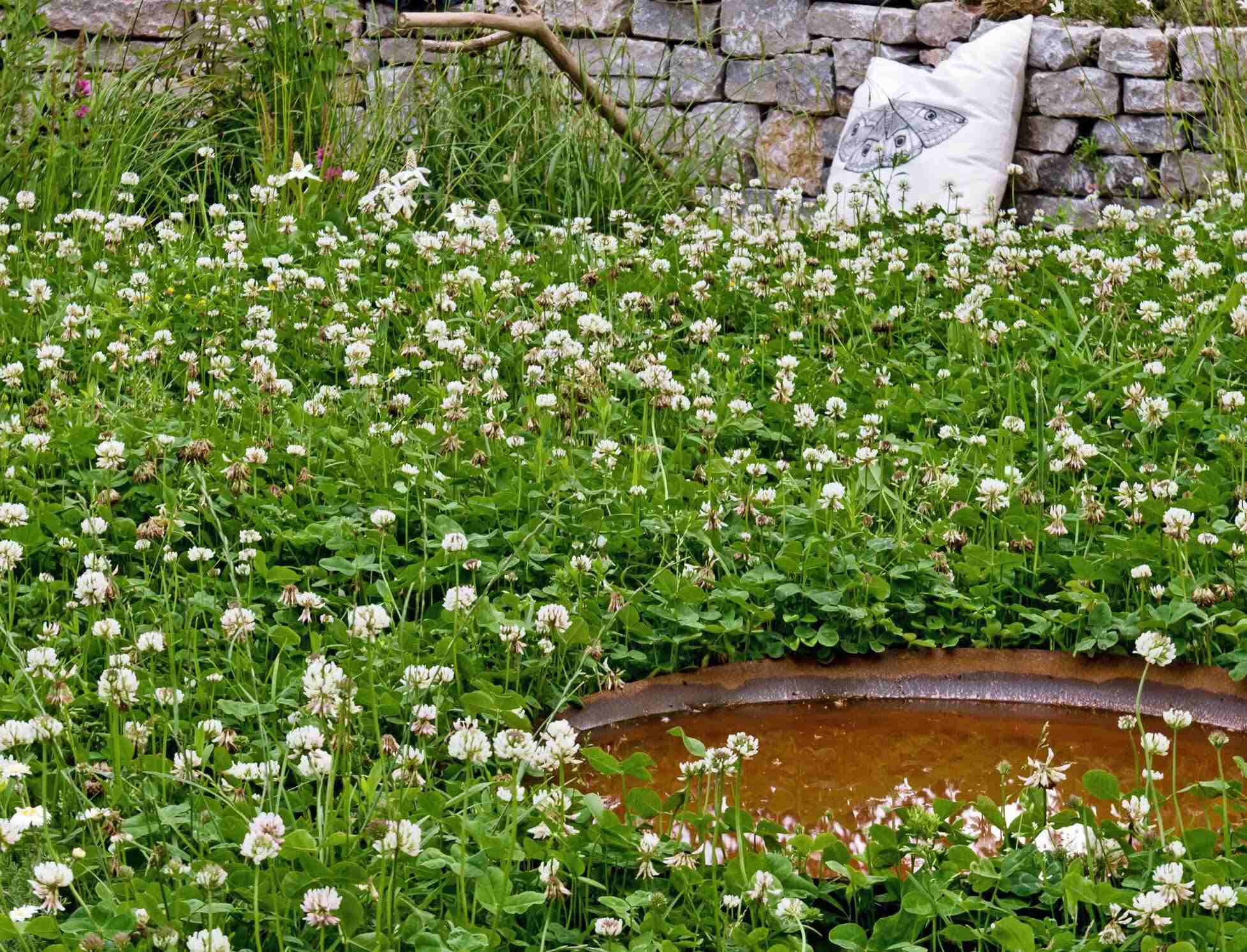

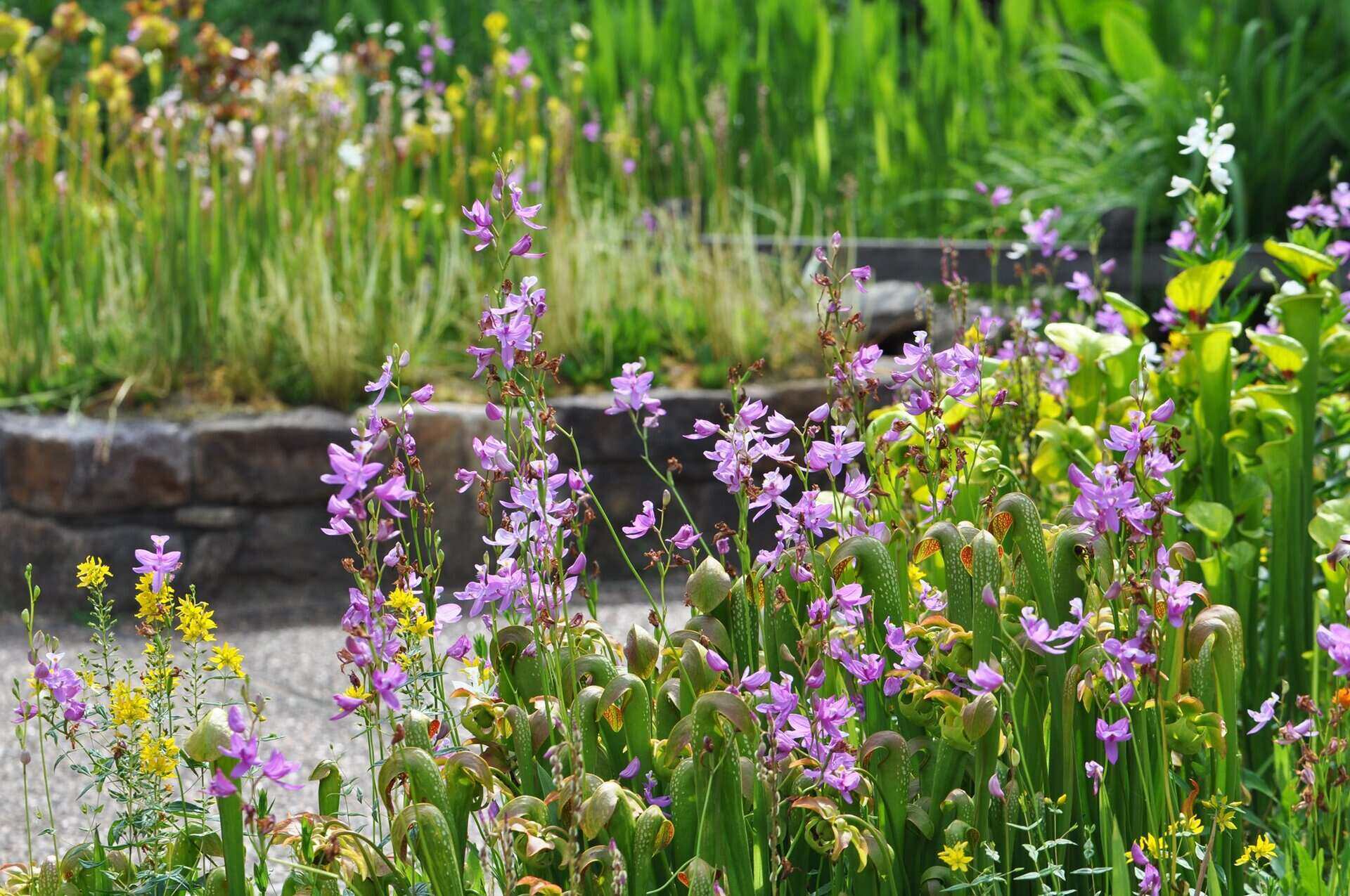
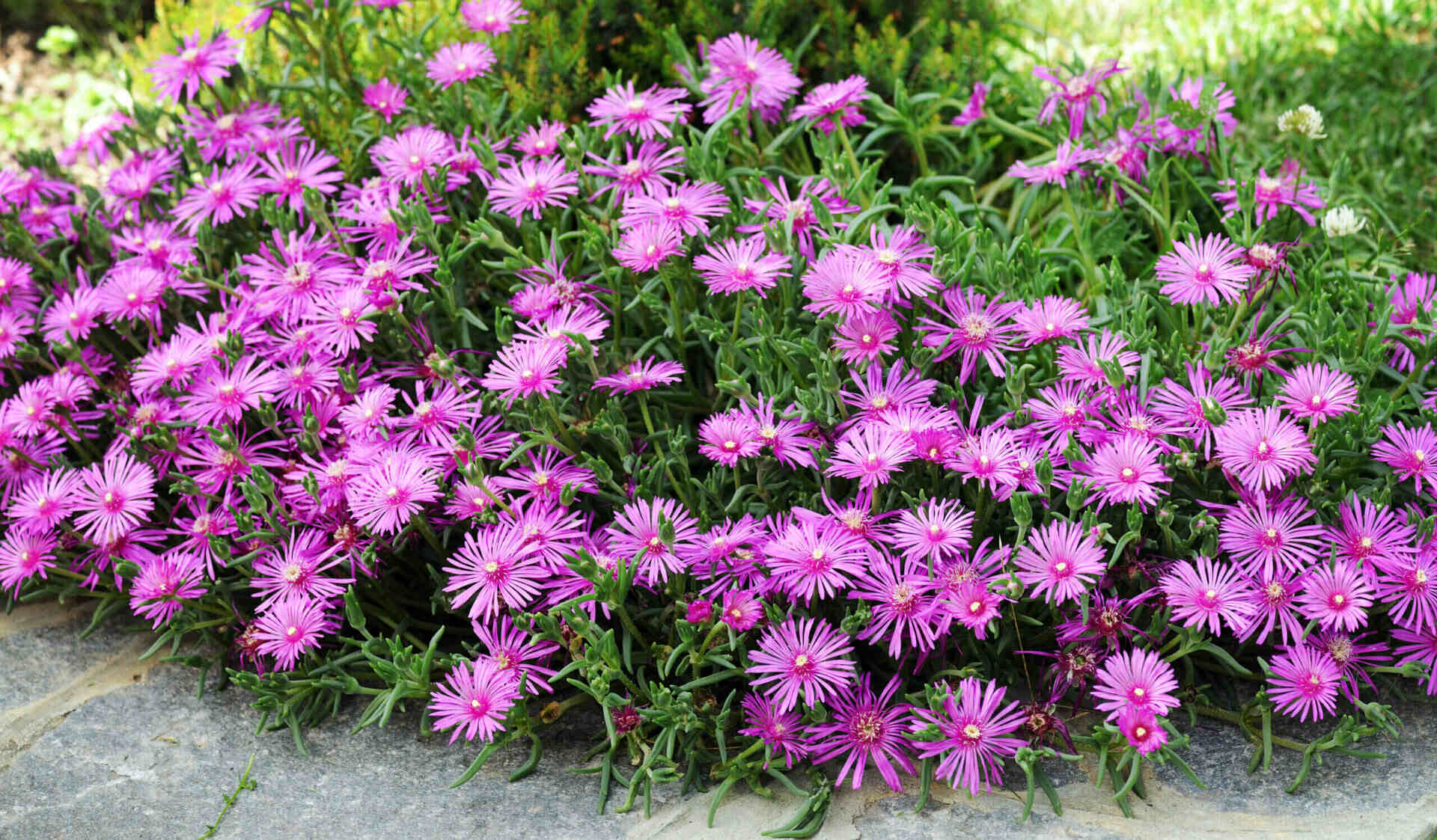
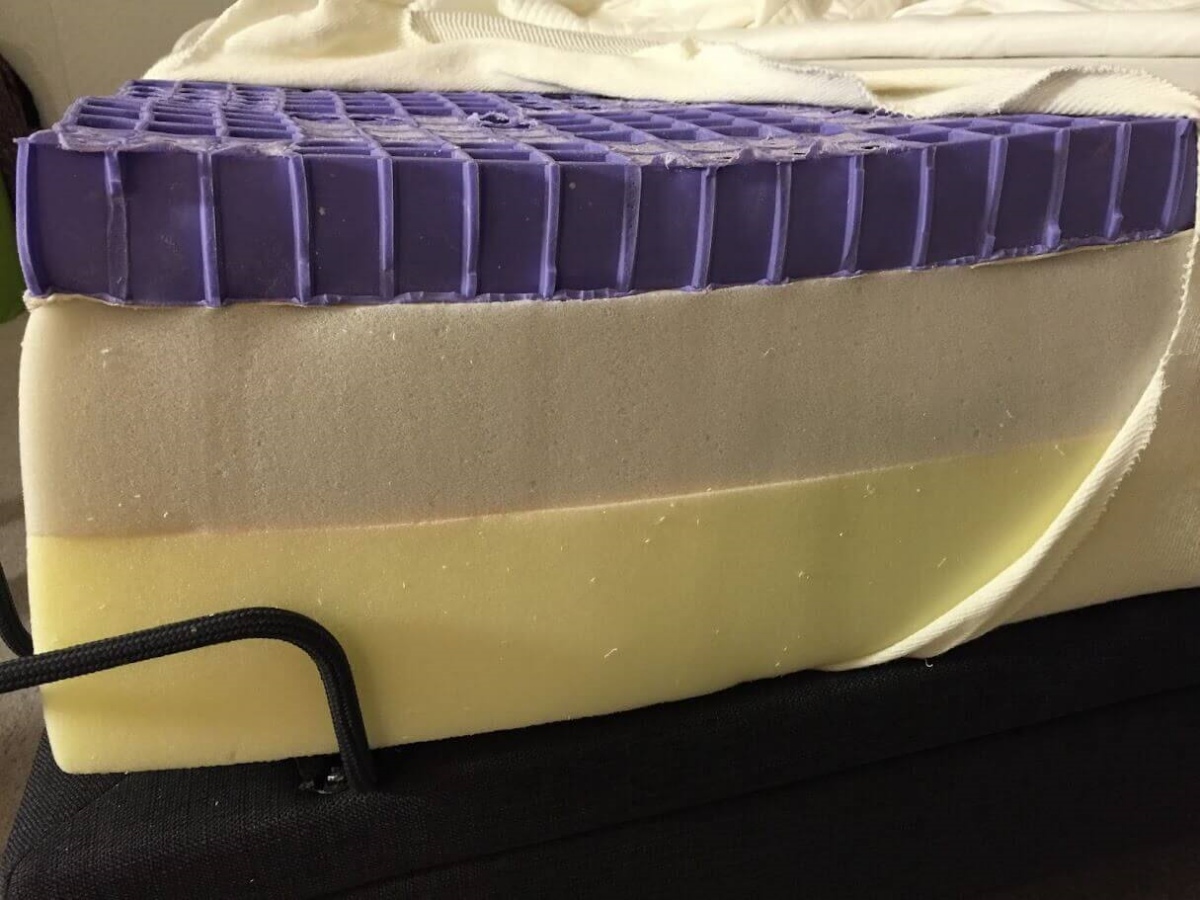
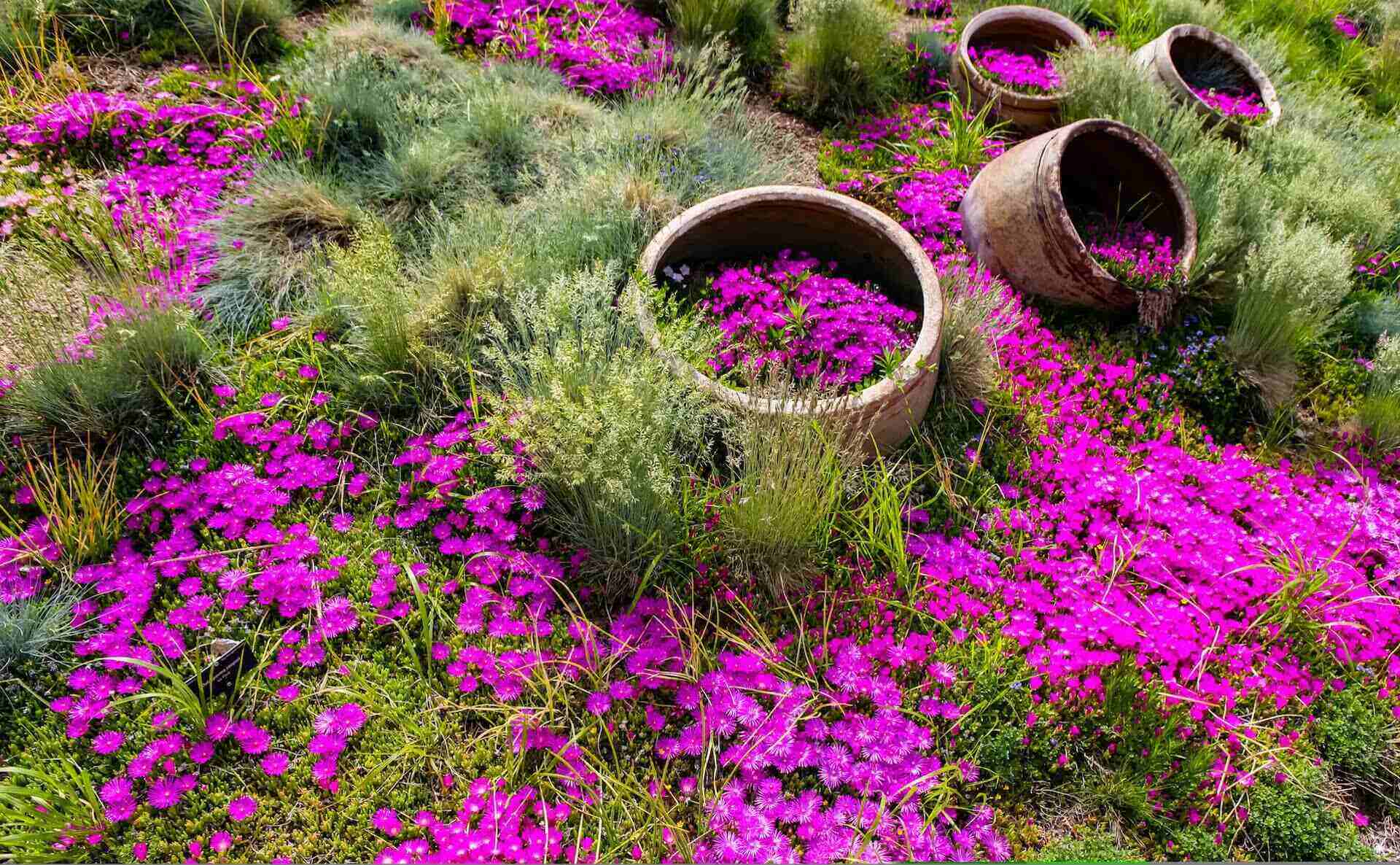
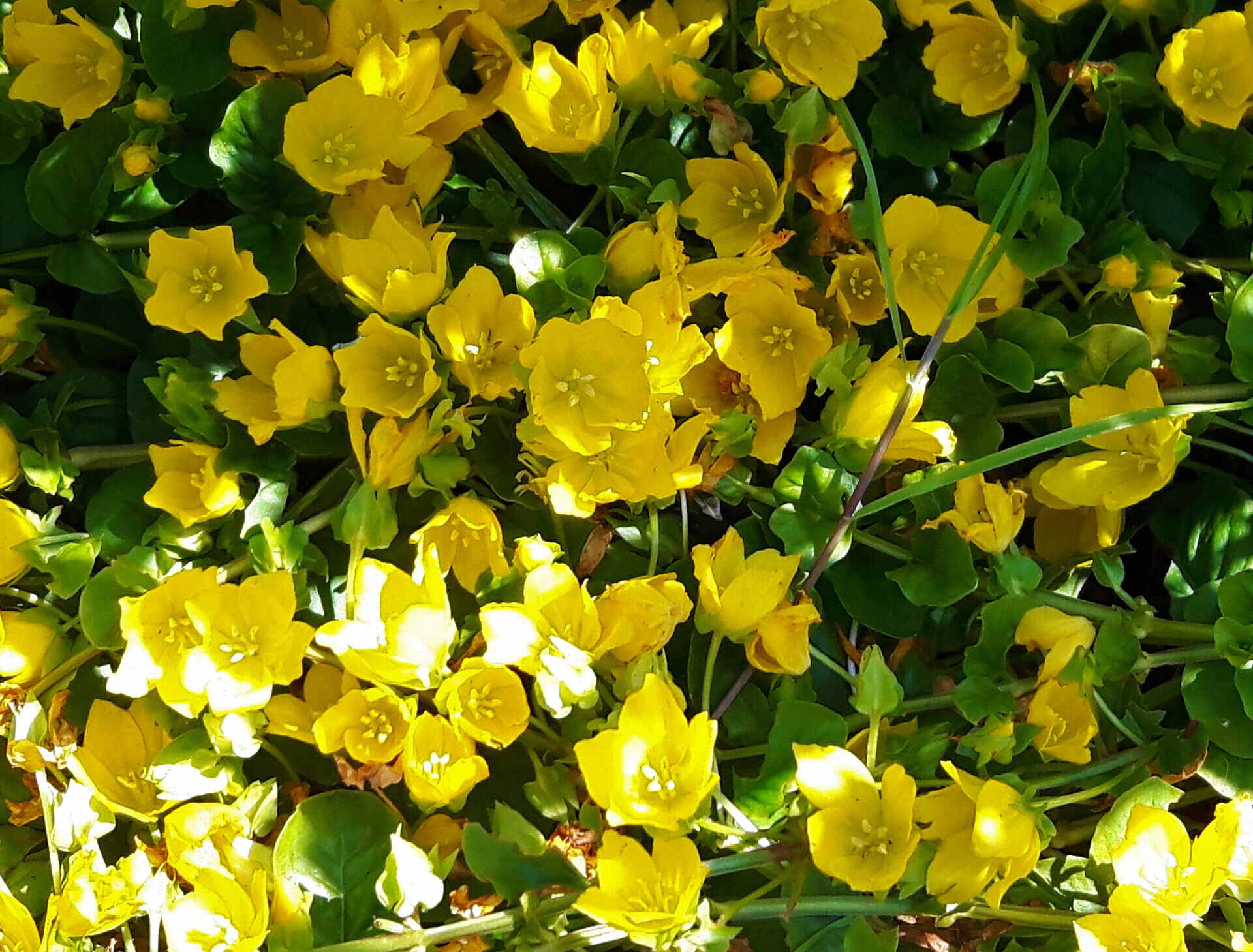


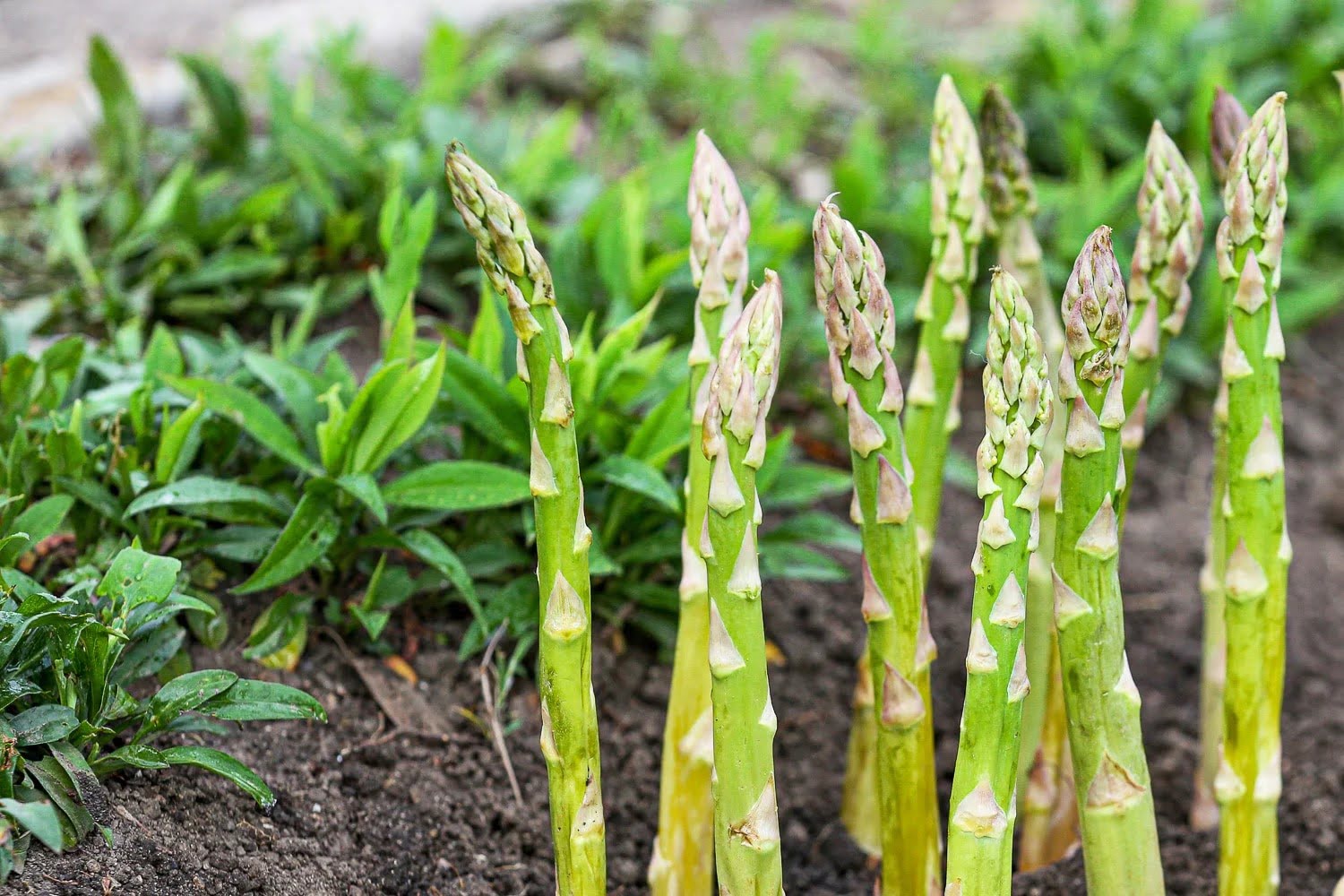




0 thoughts on “What Is The Purple Ground Cover Called”